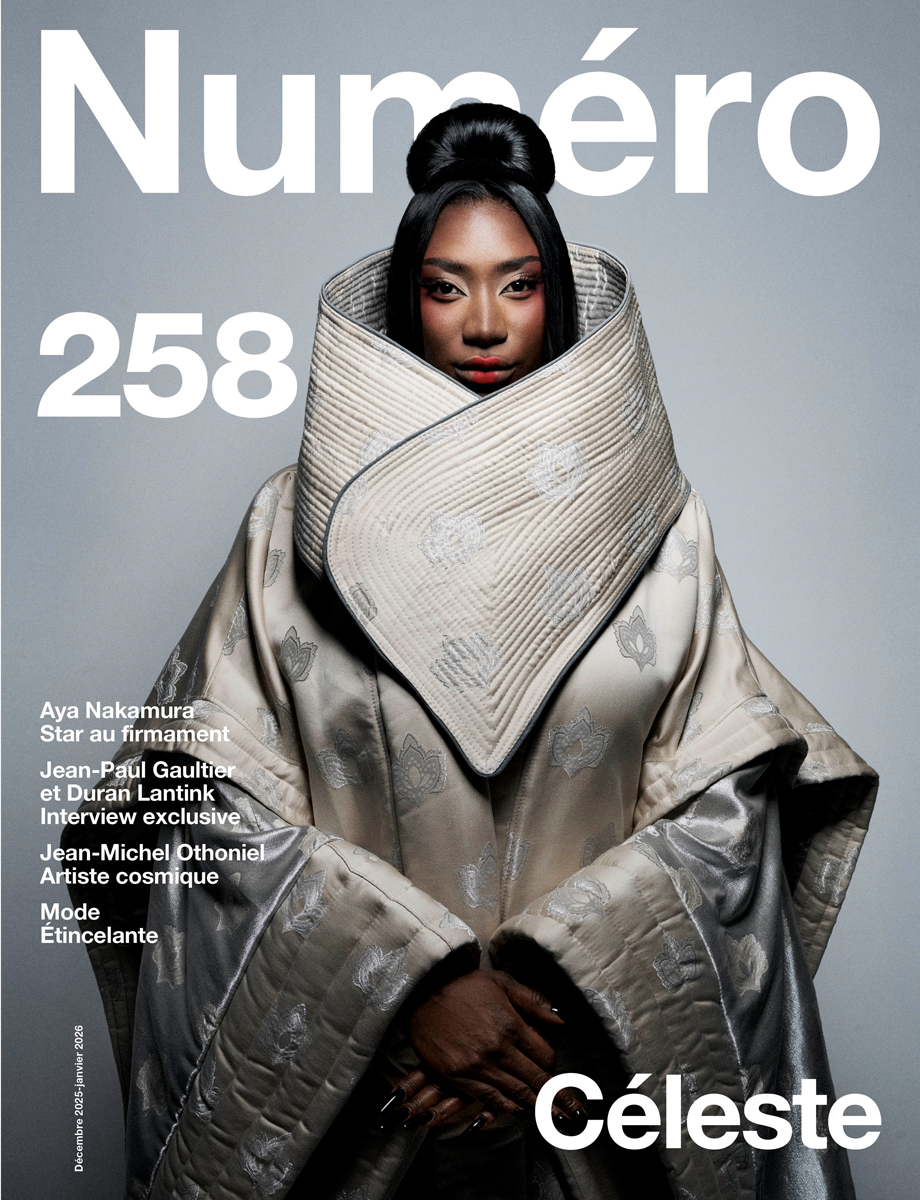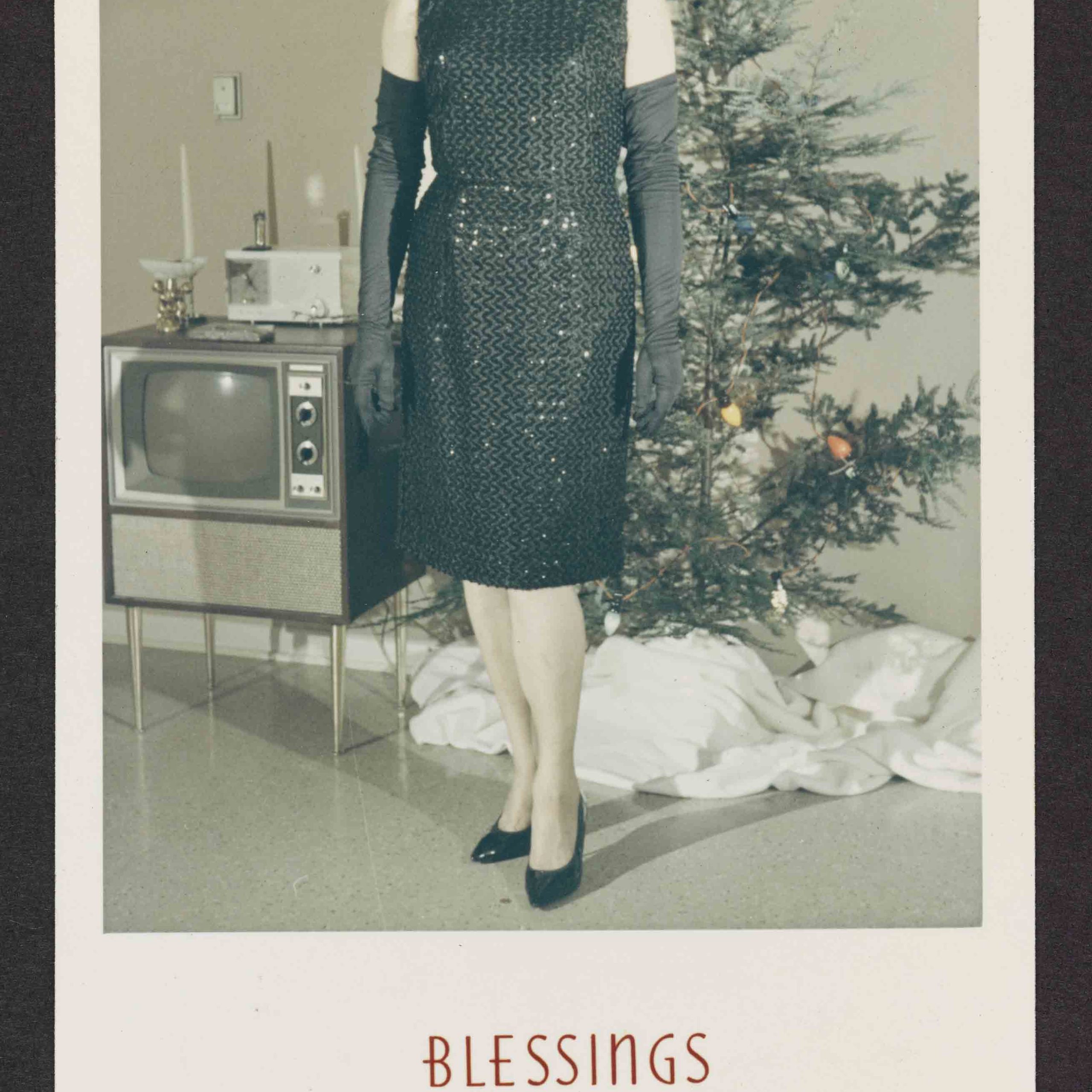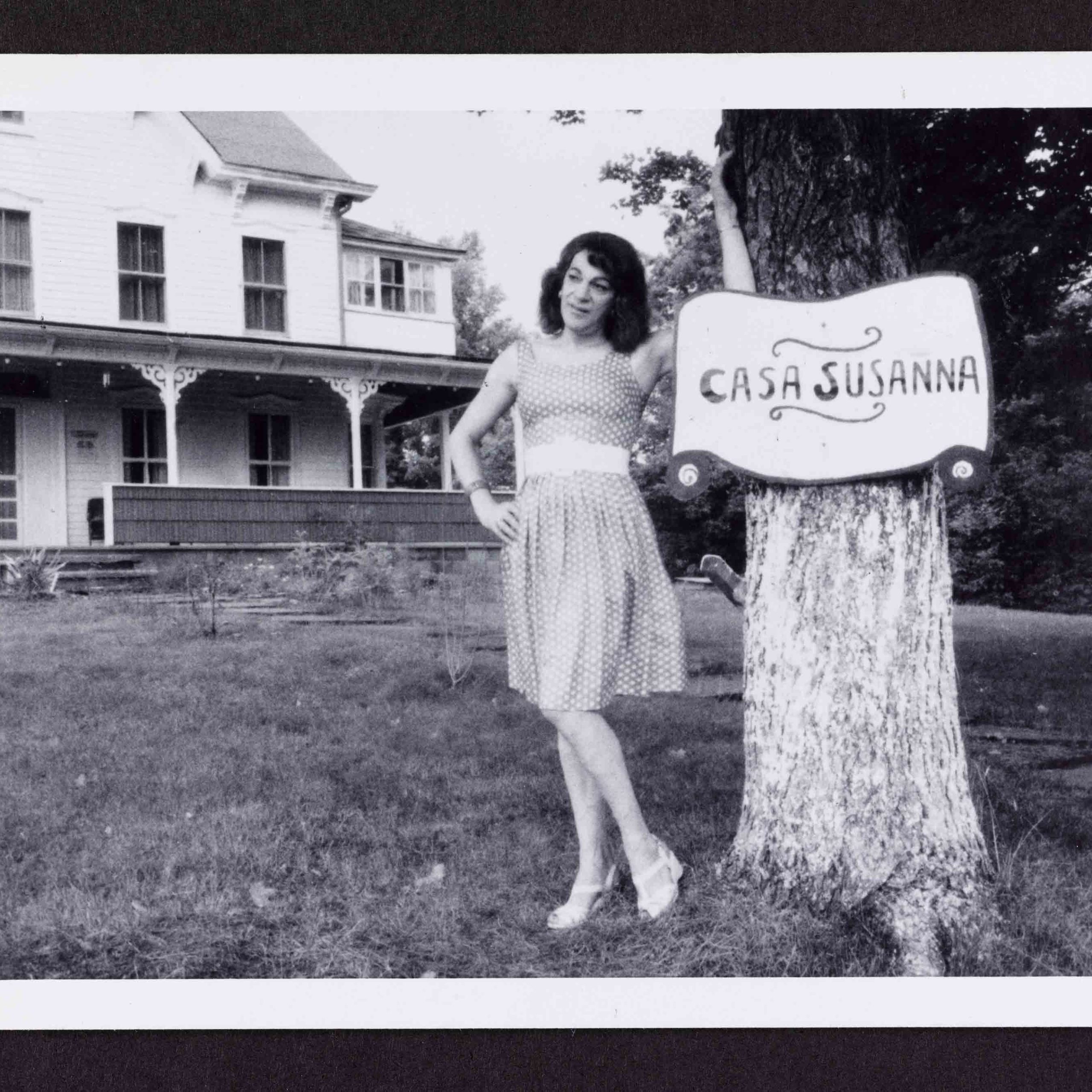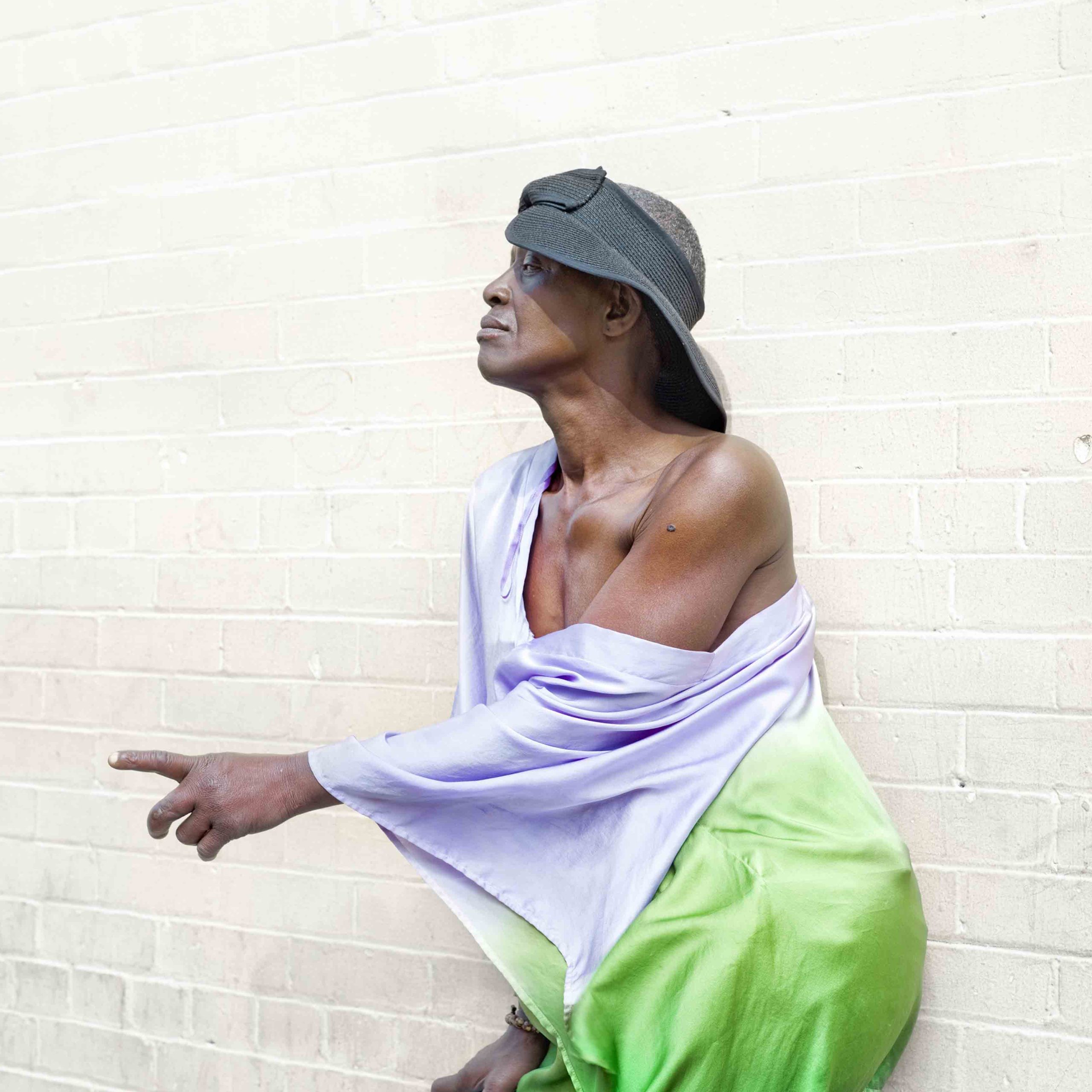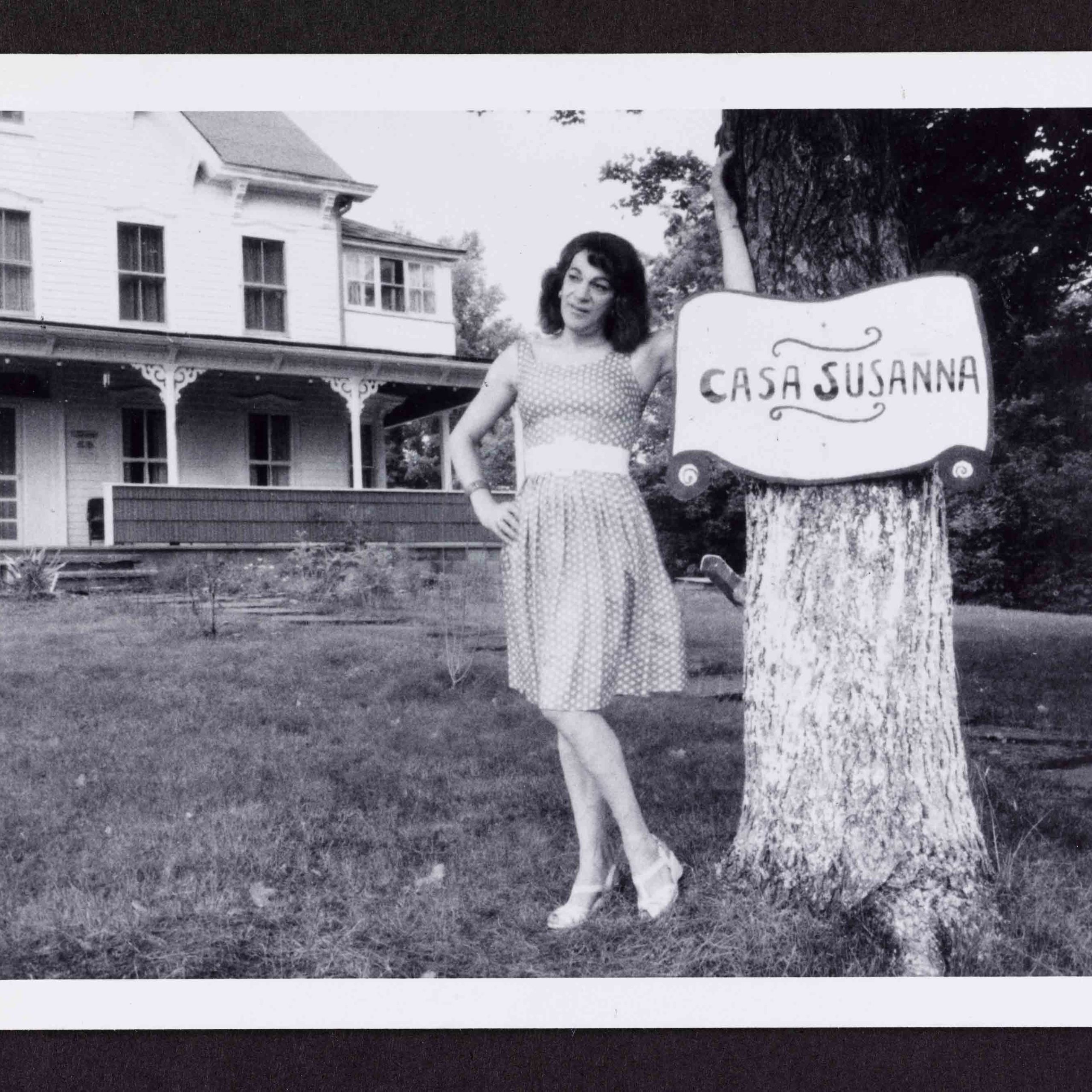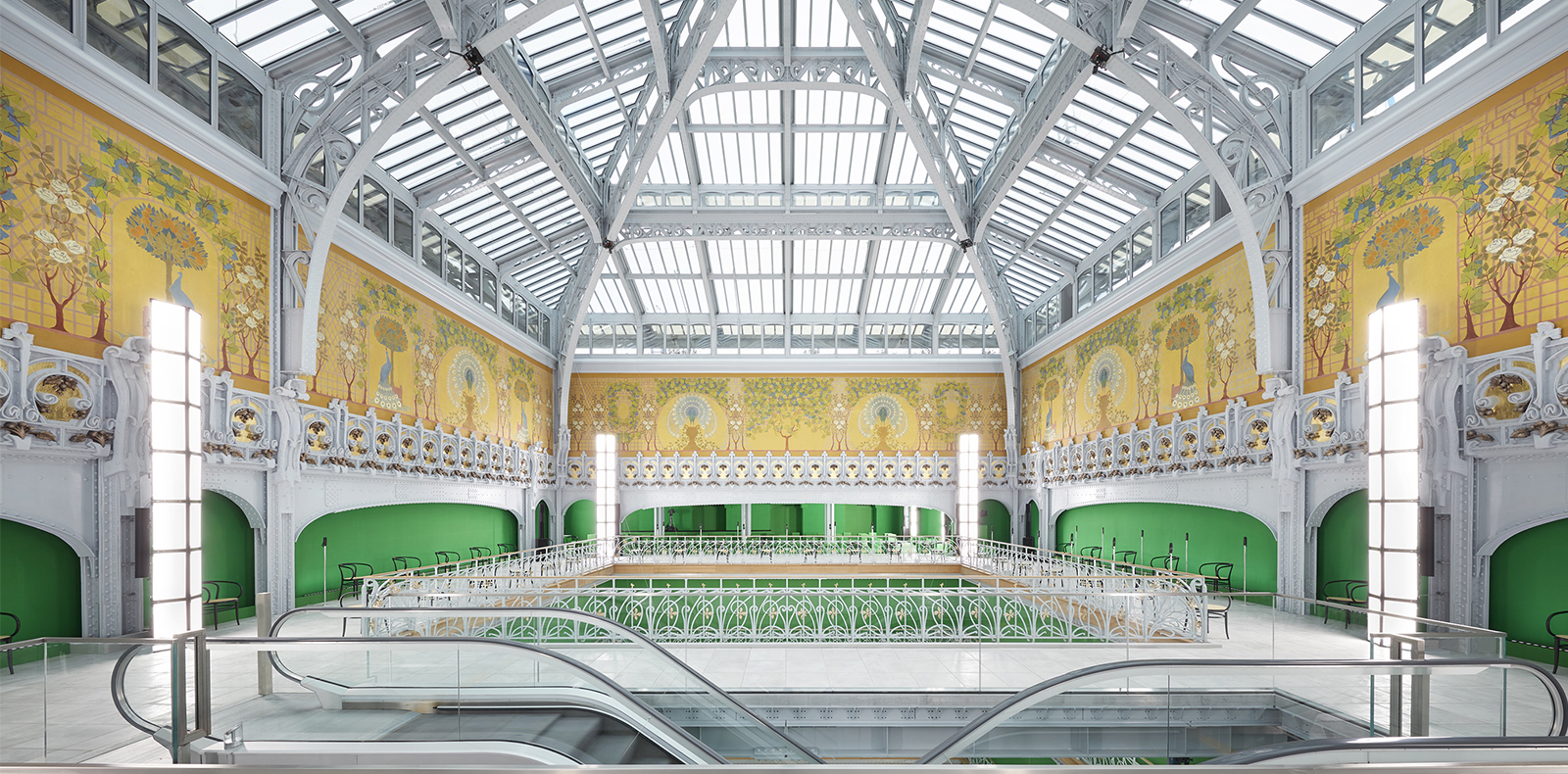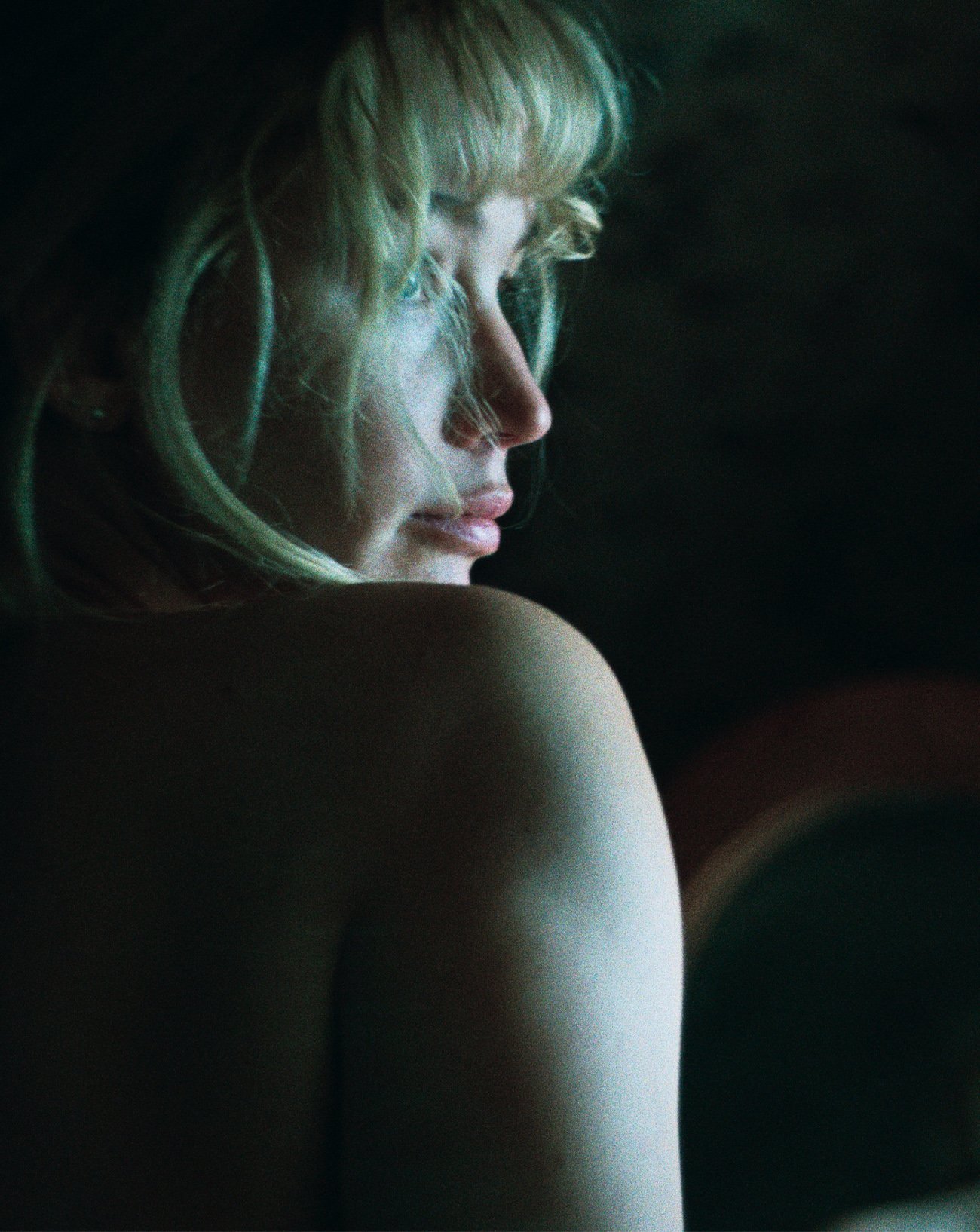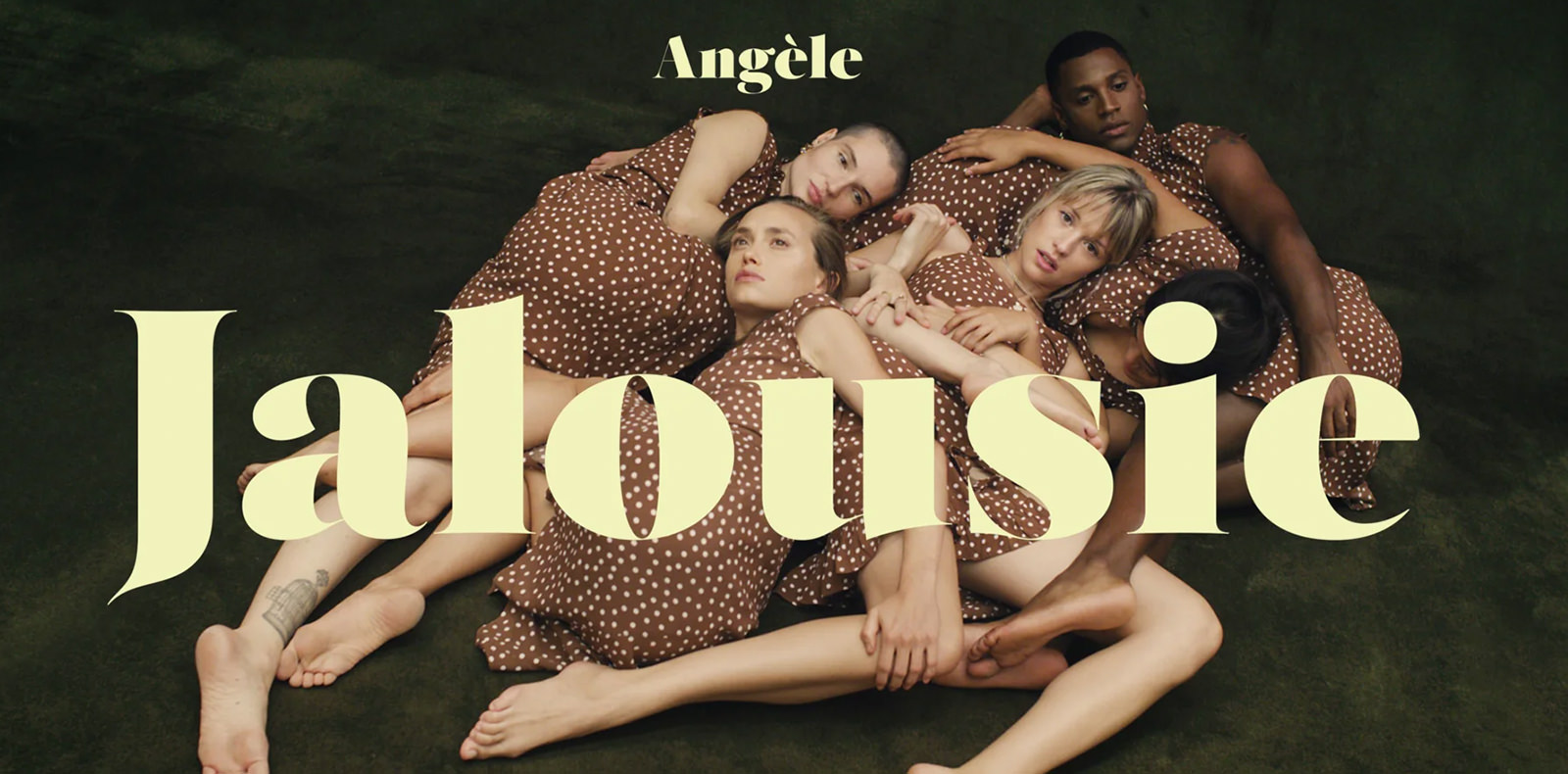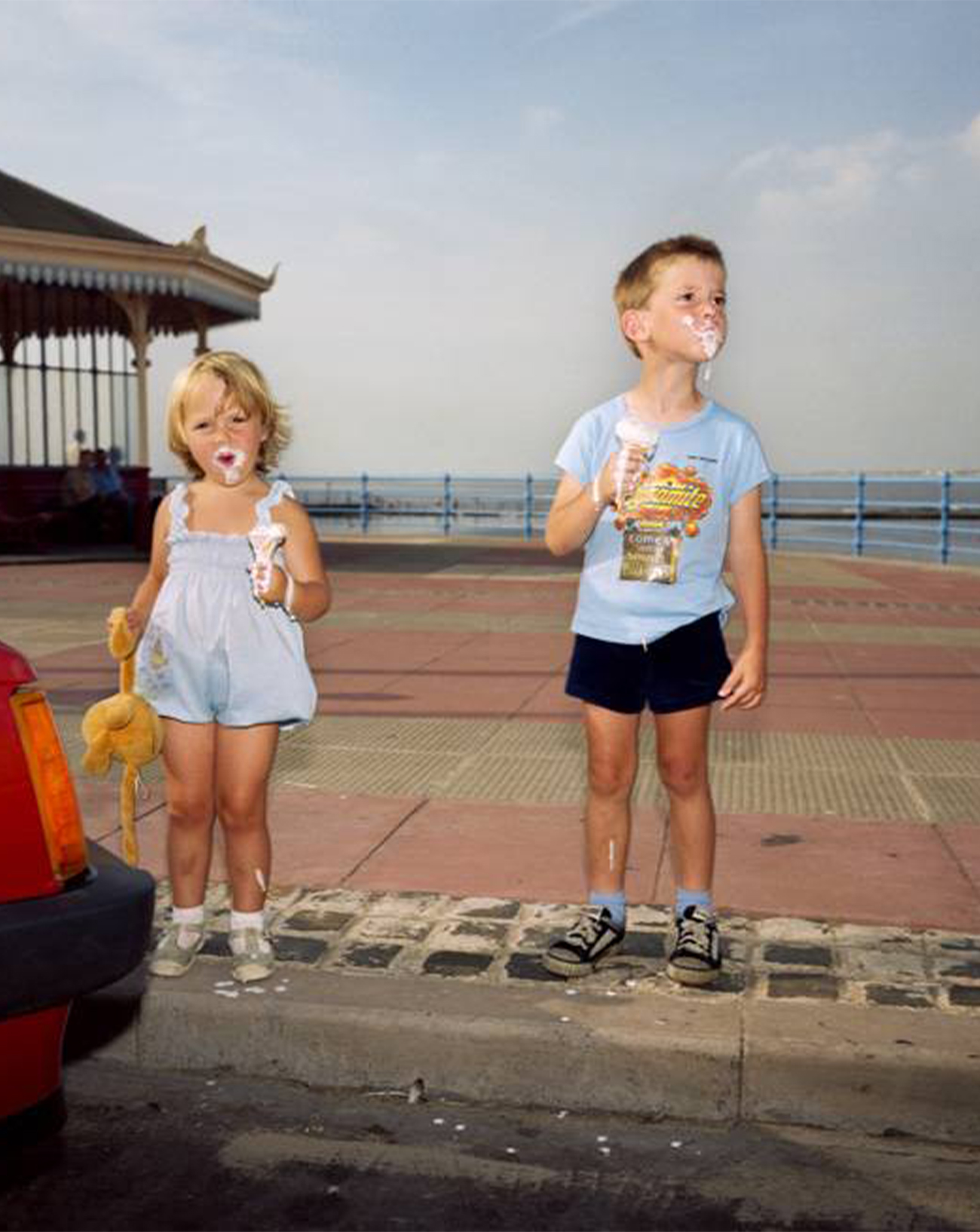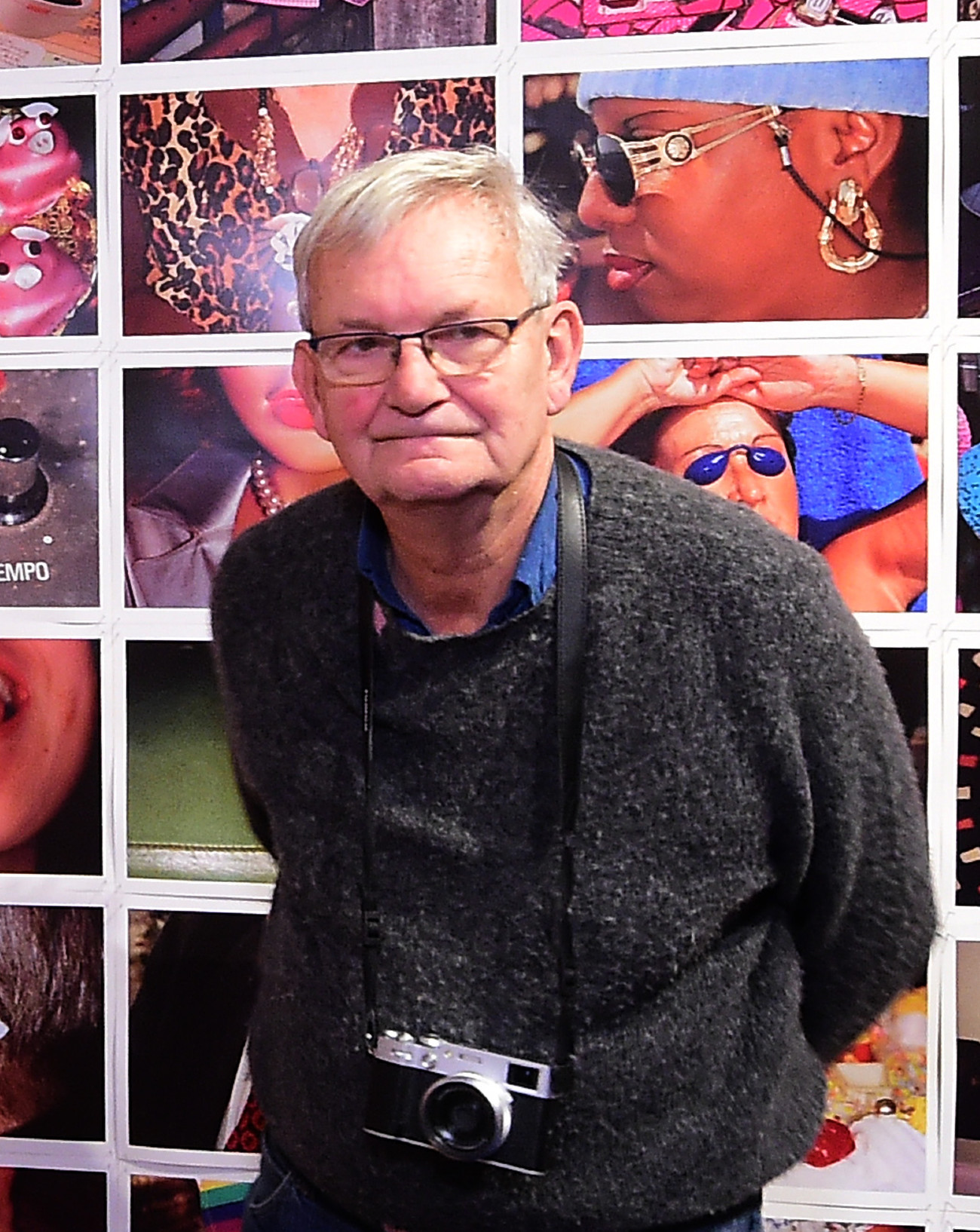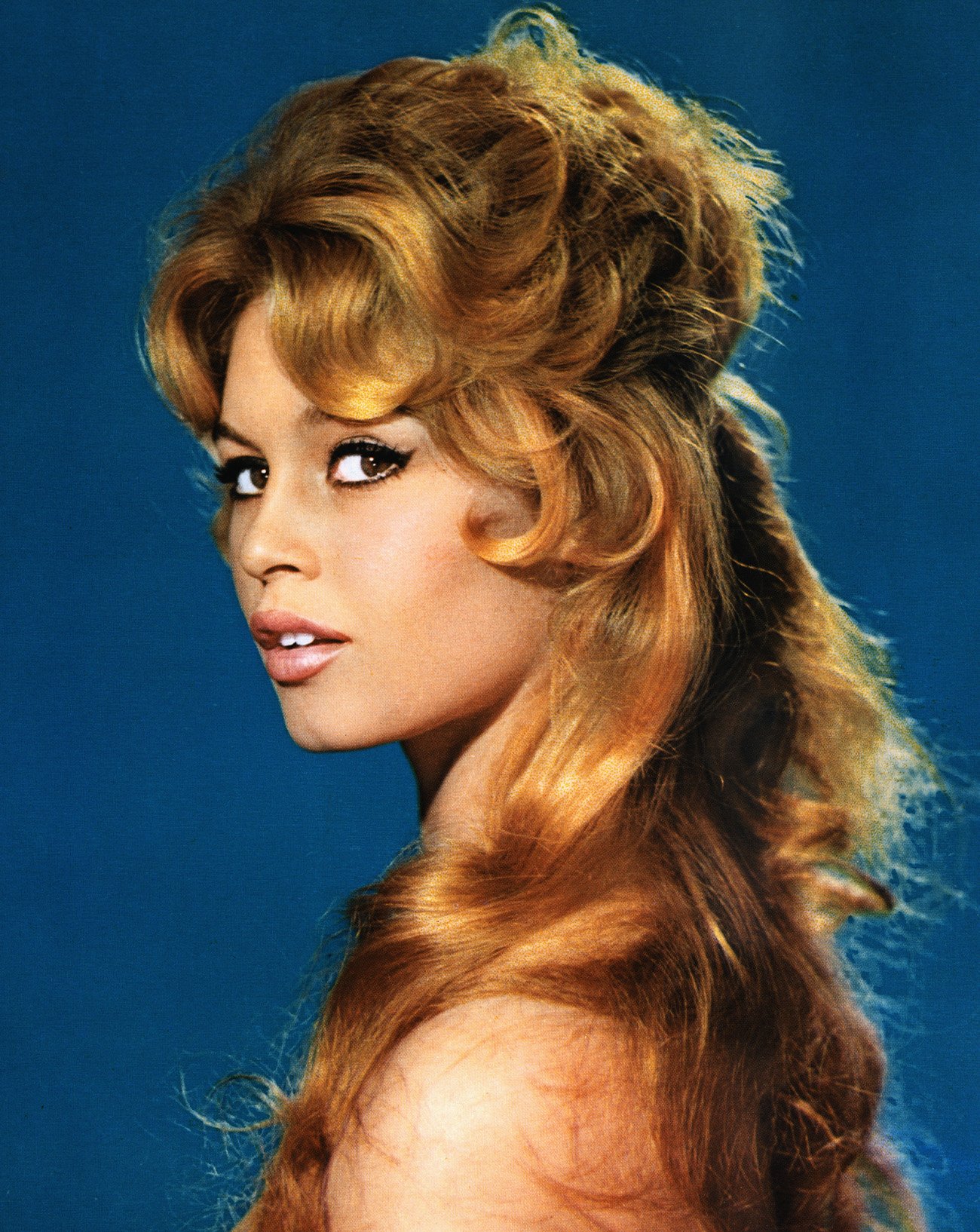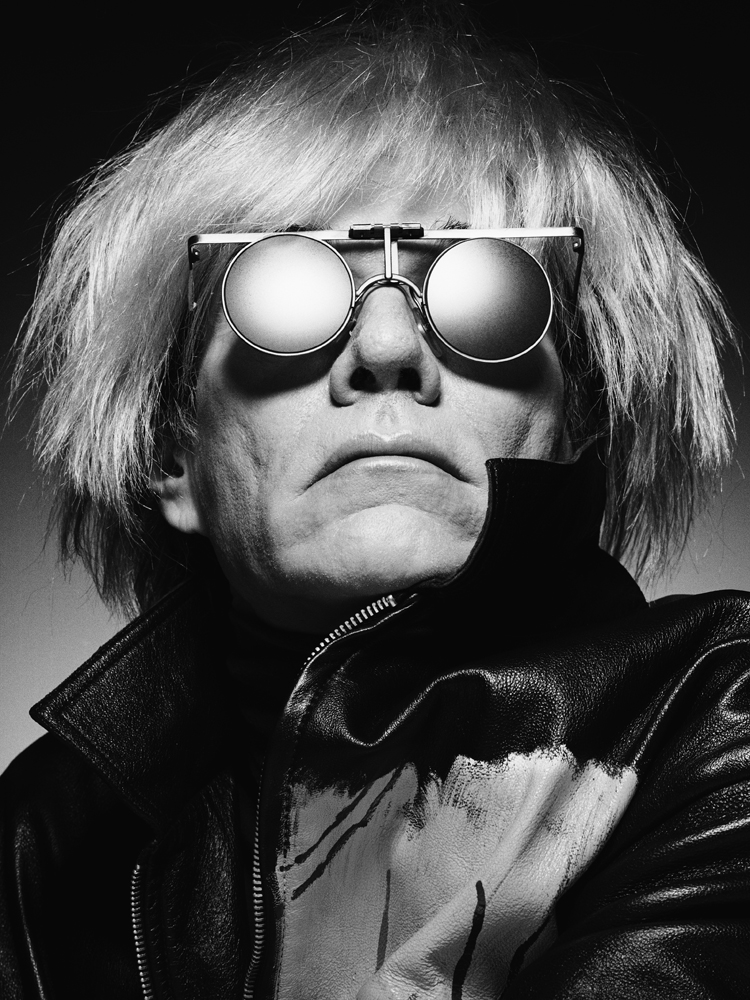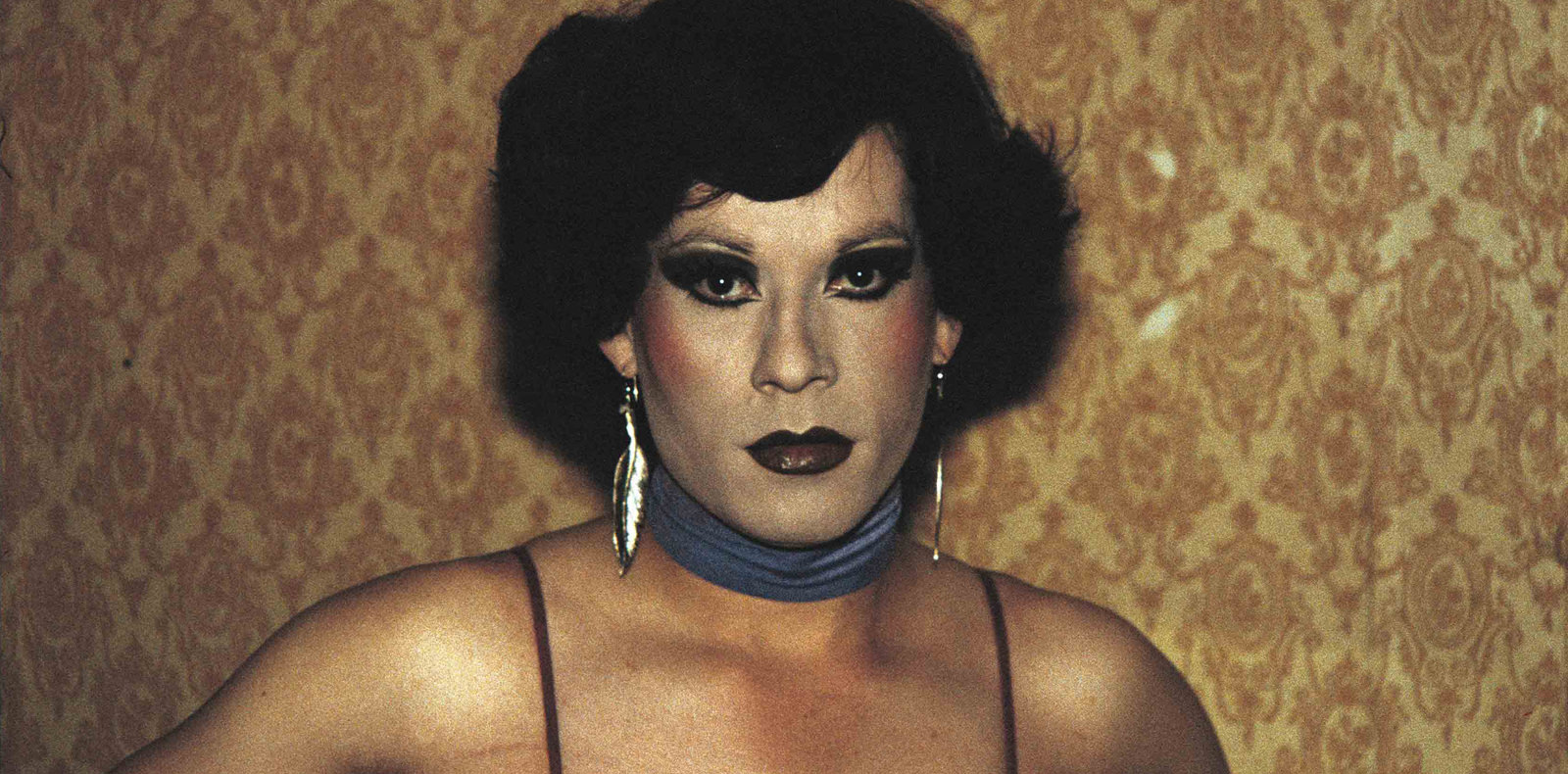
12

12
La Barbican Gallery célèbre les contre-cultures
Des Teddy Boys londoniens aux prostitués transgenre du Chili, la Barbican Art Gallery de Londres met à l’honneur les contre-cultures, des années 50 à nos jours, dans son exposition Another Kind of Life : Photography on the Margins, du 28 février au 27 mai.
Par Alexis Thibault,
By Alexis Thibault.
From February 28th to May 27th, the Barbican Art Gallery in London is hosting the show Another Kind of Life: Photography on the Margins reuniting photographic works about sub-cultures and alternative communities. Archives, magazine cuttings, rare films, vintage and contemporary photos… More than 300 works dating from the 1950s to now invite reflexion on the themes of gender, sexuality and minorities. From these portraits of burgeoning sub-cultures, over time, was born a metamorphosis of social attitudes towards those living in the margins of society.
“I am interested in those who haven’t had any luck and I tell their story.”
In 1983, New York photographer Mary Ellen Mark (1940-2015) presented Streetwise, a visual story of her encounter with Erin Blackwell, a young prostitute whose childhood was swept away at a very young age on the streets of Seattle. For thirty years the artist followed the girl known as ‘Tiny’, whose gaze never reflected her age. “I am interested in reality, I’m interested in survival,” explained Mary Ellen Mark, “I am interested in those who haven’t had any luck and I tell their story.”
Thousands of kilometres away Paz Errázuriz was busy immortalising a community of transgender prostitutes who resided in a hotel in Chili. It’s the 1980s and her series Adam’s Apple (1982-1987) was a raised middle finger to the authorities and a great risk taken by the photographer. At that time General Augusto Pinochet reigned supreme over the nation leaning against the Andes. Persecuted and brutalised by the police force, communities of those with an alternative sexuality were tortured without ever becoming martyrs.
A few decades earlier, British photographer Chris Steele-Perkins caught the life, loves and style of the Teddy Boys in his series The Teds. Epicentre of this sub-culture in the 1950s, the city of London was the main witness to the violent acts committed by these gangs of young men with their sartorial codes demanding Edwardian elegance. In long coats with velvet collars, slim-cut trousers, greased quiffs and brothel creepers, astride their English motorbikes, galvanised by the wave of rock music, the Teddy Boys constantly stoked bad press. Meanwhile Swiss photographer Walter Pfeiffer, a big name in documentary photography of the 1970s invited his young transsexual friend Carlo Joh to pose before his lens. This underground artist’s work was dominated by eroticism and gay iconography. In Zurich, his muse was a man.
Through different viewpoints, Another Kind of Life: Photography on the Margins looks back at the history of men and women forbidden to speak out. A handful of individuals capturing the civil rights movement triggered by the Afro-American community that brought together Native Americans, the Hispanics and Asians. Youth movements, pacifist groups, poor people, women, prison inmates and others all left by the wayside, gays, lesbians, ecologists, old folk and people regarded as physically different…
Another Kind of Life: Photography on the Margins, Barbican Art Gallery, from February 28th to May 27th.
Du 28 février au 27 mai, la Barbican Art Gallery de Londres accueille l’exposition Another Kind of Life : Photography on the Margins réunissant des œuvres photographiques portant sur les sous-cultures et les communautés alternatives. Archives, coupures de magazines, films rares, impressions vintage ou contemporaines… Plus de 300 œuvres datant des années 50 à nos jours invitent à la réflexion autour des thèmes du genre, de la sexualité et des minorités de façon plus générale. De ces portraits des subcultures naît, au fil du temps, une métamorphose : celle de l’attitude sociale à l’égard des marginaux.
“Je m’intéresse à ceux qui n’ont pas eu de chance et je raconte leur histoire.”
En 1983, la photographe new-yorkaise Mary Ellen Mark (1940-2015) présente Streetwise, histoire d’une rencontre avec Erin Blackwell, fillette prostituée dont l’enfance dérobée fut offerte très tôt aux rues de Seattle. Pendant trente ans, l’artiste suivra celle que l’on surnomme Tiny et dont le regard ne reflétera jamais l’âge : “Je m’intéresse à la réalité, je m’intéresse à la survie, expliquait Mary Ellen Mark, je m’intéresse à ceux qui n’ont pas eu de chance et je raconte leur histoire.” À des milliers de kilomètres de là, Paz Errázuriz immortalise une communauté de prostitués transgenres qui officient dans un hôtel de passe du Chili. Nous sommes dans les années 80 et sa série Adam’s Apple (1982-1987) est à la fois un pied de nez et le risque dément pris par un photographe téméraire. Car le général Augusto Pinochet règne en maître, chef suprême d’une nation adossée à la cordillère des Andes. Persécutées et brutalisées par les forces de police, les communautés à l’identité sexuelle alternative seront suppliciées sans jamais devenir des martyrs.
Une dizaine d’années plus tôt, le photographe britannique Chris Steele-Perkins capturait la vie, les amours, et le style des Teddy Boys dans sa série The Teds. Épicentre de cette sous-culture des années 1950, la ville de Londres, principal témoin des actes violents de ces gangs de jeunes puisant leurs codes vestimentaires dans l'élégance édouardienne. En veste longue à col en velours, pantalons cigarette, gomina et creepers, sur leurs motos anglaises, galvanisés par un souffle rock, les Teddy Boys ont mauvaise presse. De son côté, le Suisse Walter Pfeiffer, grand ponte de la photographie documentaire des années 1970 invite son jeune ami transsexuel Carlo Joh sous son objectif. Maîtres mots de cet artiste underground : l’érotisme et l’iconographie gay. À Zurich, sa muse sera un homme.
À travers différents regards, Another Kind of Life : Photography on the Margins revient ainsi sur l’histoire d’hommes et de femmes interdits de parole. Une poignée d’individus concernés par le mouvement des droits civiques déclenché par la communauté afro-américaine mais qui regroupa les Amérindiens, les Hispaniques et les Asiatiques. Les jeunes. Ls mouvements pacifistes. Les pauvres. Les femmes. Les prisonniers. Et d’autres laissés pour compte : les gays et les lesbiennes, les écologistes, les personnes âgées et les personnes physiquement différentes.
Another Kind of Life : Photography on the Margins, Barbican Art Gallery, du 28 février au 27 mai.
